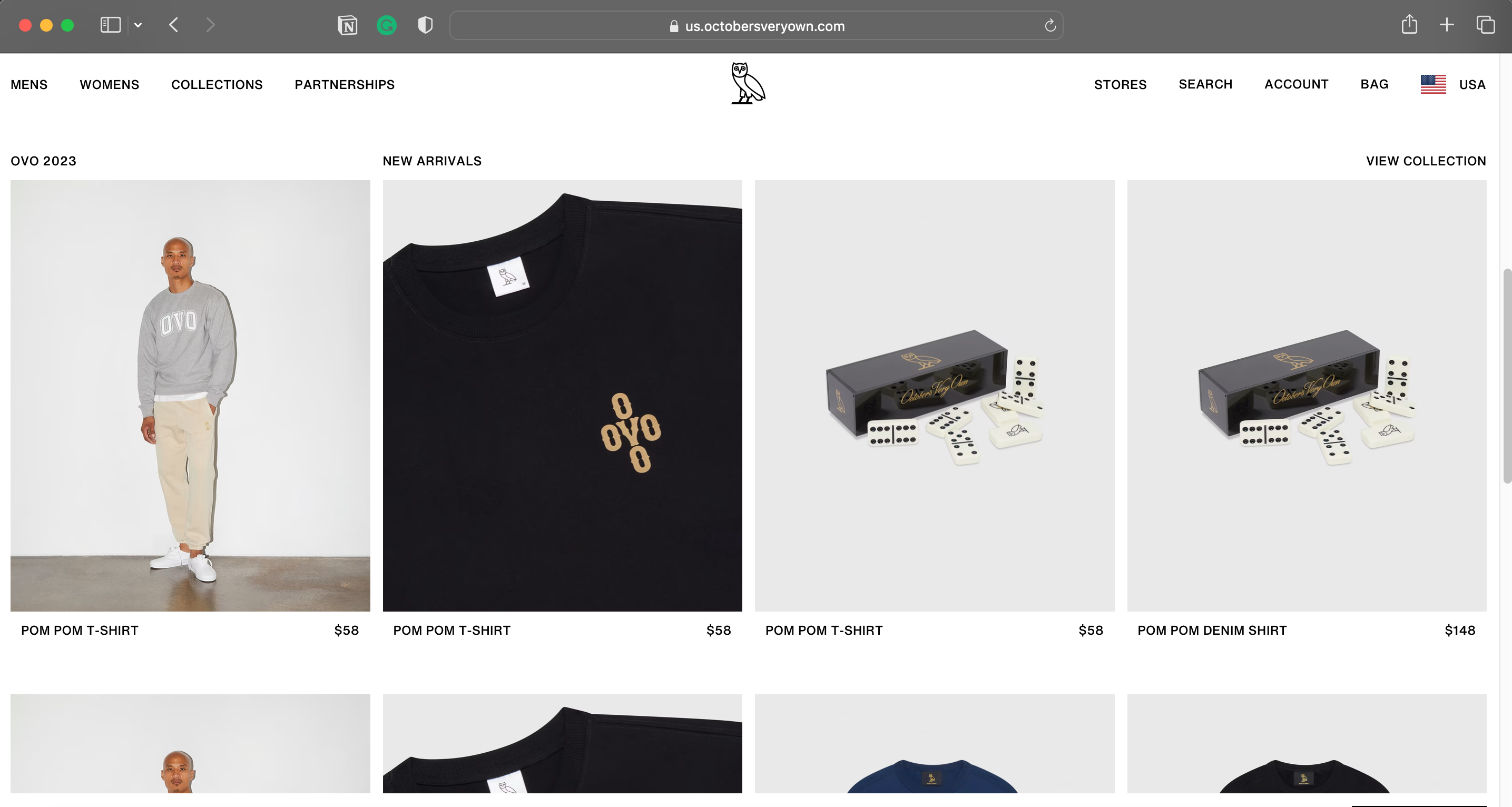Introduction
In the competitive world of music production, having a strong online presence is essential for success. One of the most effective ways to showcase your talent, build credibility, and attract potential clients is by creating a music production portfolio website.
In this blog post, we will delve into the process of creating a compelling portfolio website that effectively represents your unique sound.
Throughout the article, we will draw insights and examples from popular music and hip-hop, highlighting the strategies employed by successful artists to stand out in the industry.
Setting Goals and Objectives
To create an impactful music production portfolio website, it’s crucial to define your goals and objectives.
Ask yourself: What is the purpose of your website? Are you targeting a specific audience or niche?
Take cues from successful hip-hop producers like Kanye West, who crafted his portfolio website to reflect his artistic vision and appeal to his target audience.
Kanye’s website, kanyewest.com, showcases his music projects, and fashion collaborations, and provides a platform for his artistic expression.
Choosing the Right Platform
Selecting the right platform for your music production portfolio website is a vital decision. Consider using website builders like Wix, Squarespace, or WordPress, which offer user-friendly interfaces and customizable templates.
WordPress is a popular choice among hip-hop artists like Jay-Z, who created a visually stunning and intuitive website using the platform.
Jay-Z’s website, lifeandtimes.com, features a sleek design, interactive elements, and seamless integration with his music and business ventures.
Selecting a Domain Name
Your domain name plays a crucial role in branding and online visibility. Aim for a memorable and relevant domain name that represents your sound and resonates with your audience.
Renowned music producer Dr. Dre’s website, “beatsbydre.com,” exemplifies a clever and brand-oriented domain name.
It immediately establishes a connection to his iconic headphone brand and his contributions to the music industry.
Design and Layout
In the music industry, aesthetics matter. Your portfolio website should reflect your unique style and artistic vision.
Choose a visually appealing template or theme that aligns with your brand. Drake, a prominent figure in hip-hop, has a sleek and minimalist website design that perfectly complements his image as an artist.

Drake’s ‘OVO’ Summer 23′ clothing collection.
His website, octobersveryown.com, features clean lines, bold typography, and high-quality visuals, creating a captivating and cohesive visual experience for visitors.
Creating Engaging Content
The content of your music production portfolio website should be captivating and compelling. Showcasing your best music projects and samples is essential to leave a lasting impression on visitors.
Include snippets of your work, allowing potential clients and fans to get a taste of your production skills.
Hip-hop producer Metro Boomin incorporates an extensive discography on his website, showcasing his range and experience.
His website, metroboomin.net, provides a comprehensive overview of his work, enabling visitors to explore his productions and collaborations.
The content of your music production portfolio website should be captivating and compelling.
Showcasing your best music projects and samples is essential to leave a lasting impression on visitors. Include snippets of your work, allowing potential clients and fans to get a taste of your production skills.
Additionally, consider sharing behind-the-scenes stories or anecdotes about your creative process to give visitors a deeper connection to your work.
By providing insights into your journey as a music producer, you can engage and captivate your audience on a more personal level.
Incorporating Multimedia
To create an immersive experience for visitors, integrate multimedia elements into your website. Uploading high-quality audio and video files will give your audience a more comprehensive understanding of your talent.
Connect your portfolio website to your social media accounts and streaming platforms to increase accessibility and engagement.
DJ Khaled effectively utilizes multimedia integration on his website, sharing music videos, interviews, and social media feeds.
His website, djkhaledofficial.com, serves as a hub for his multimedia content, offering visitors a comprehensive view of his work and brand.
Optimizing for Search Engines
To maximize the visibility of your music production portfolio website, optimize it for search engines. Use targeted keywords and metadata throughout your website’s content and backend.
Ensure that your website’s performance is optimized for fast load times, as slow-loading websites can deter visitors.
Take inspiration from the SEO strategies employed by successful musicians like Beyoncé, whose website ranks high in search results due to strategic keyword placement and optimized performance.
Beyoncé’s website, beyonce.com, effectively incorporates keywords related to her music, performances, and brand, boosting its visibility in search engine rankings.
Showcasing Testimonials and Reviews
Building credibility is crucial in the music industry. Incorporating testimonials and positive reviews from clients and collaborators can boost your reputation.
Feature feedback highlighting your professionalism, skill, and ability to deliver outstanding results. Hip-hop producer and artist Pharrell Williams effectively showcases testimonials on his website, giving potential clients confidence in his expertise.
His website, i-am-other.com, displays testimonials from artists he has collaborated with, creating a sense of trust and credibility.
Promoting and Marketing
Your Portfolio Website Creating a music production portfolio website is just the first step; promoting and marketing it is equally important.
Utilize social media platforms and online communities to spread the word about your website.
Collaborate with other artists and industry professionals to expand your network and reach. Jay-Z’s Tidal, a music streaming platform, acts as a marketing tool for his portfolio website, serving as a gateway for fans to explore his work and connect with him.
By leveraging different channels and partnerships, you can drive traffic to your website and increase your online visibility. Creating a music production portfolio website is just the first step; promoting and marketing it is equally important.
Utilize social media platforms and online communities to spread the word about your website.
Collaborate with other artists and industry professionals to expand your network and reach. Engage with your audience through regular updates, blog posts, and newsletters, offering valuable insights and exclusive content.
By consistently sharing your work and interacting with your fanbase, you can build a dedicated following and increase the visibility of your portfolio website.
Check out: The Importance of Self-care for Musicians
Conclusion
Crafting a music production portfolio website is an essential investment in your career as a music producer.
By setting clear goals, choosing the right platform, creating engaging content, and optimizing for search engines, you can effectively showcase your sound to the world.
Learn from the strategies employed by popular music and hip-hop artists to leave a lasting impression and build a successful career in the industry.
Now, it’s time to take action and create a music production portfolio website that sets you apart from the competition.
Embrace your creativity, showcase your talent, and let your sound resonate with the world.






